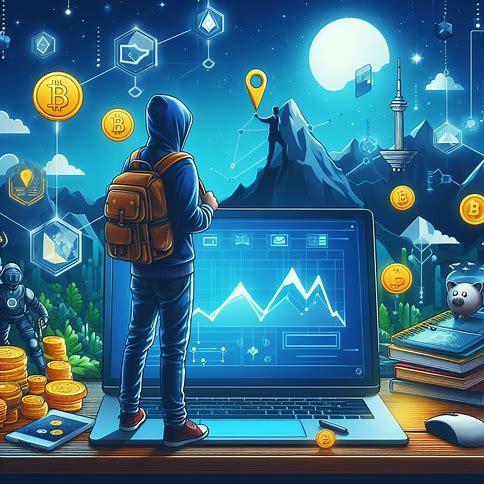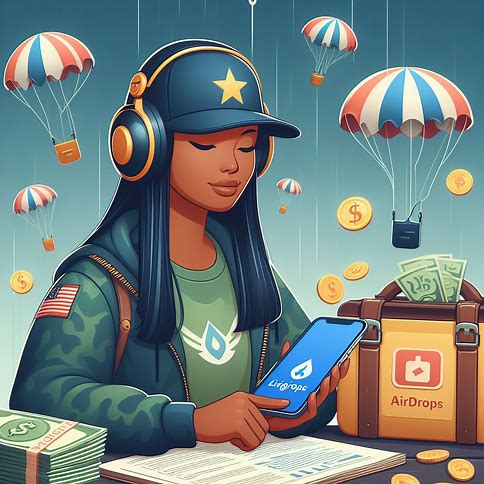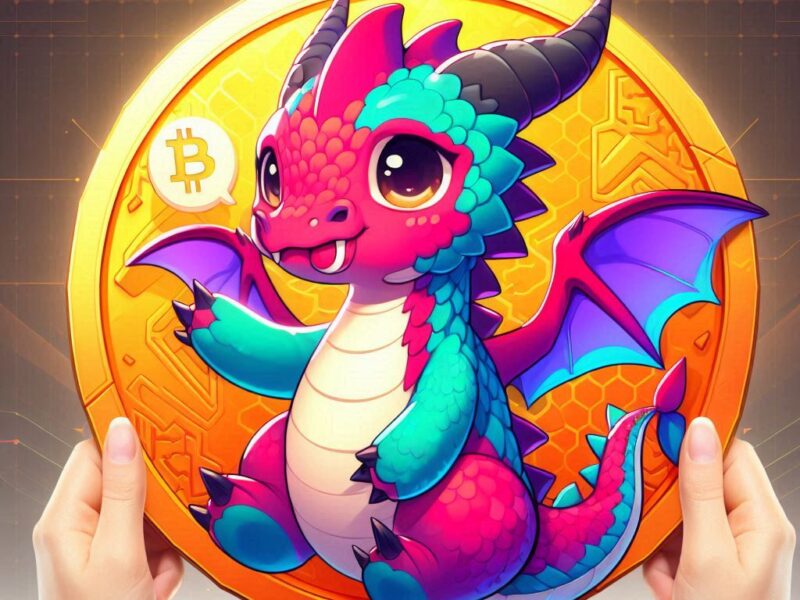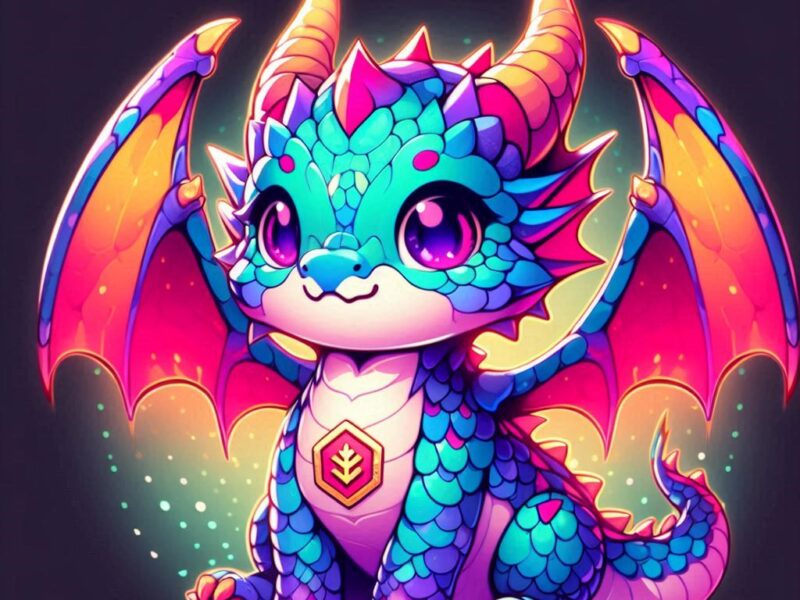Have you heard about NFTs and wondered how you could create and sell your own? NFTs allow creators to monetize their unique digital assets. Here’s how to create and sell NFTs.
What are NFTs?
NFTs, or non-fungible tokens, are unique digital assets that represent ownership of a specific item, such as artwork, music, videos, or even virtual real estate. Unlike fungible tokens like Bitcoin, each NFT is one-of-a-kind and cannot be exchanged for an identical item.
How do NFTs work?
NFTs are built on blockchain technology, which provides a secure and transparent way to verify ownership and authenticity. When you create an NFT, you’re essentially minting a new token on a blockchain, such as Ethereum, that contains metadata about the digital asset it represents.
Why create and sell NFTs?
Creating and selling NFTs allows artists, musicians, and other creators to monetize their digital content in new ways. By selling NFTs, creators can earn revenue directly from their fans and collectors, without relying on traditional intermediaries like galleries or record labels.
Read Also: Crypto Tools You Need to Start Trading Meme Coins
Additionally, NFTs can include smart contracts that automatically pay out royalties to the creator each time the NFT is resold, providing a source of ongoing passive income.
Steps to Create an NFT
- Choose a blockchain platform
- Set up a digital wallet
- Create your digital asset
- Choose an NFT marketplace
- Mint your NFT
- Set a price and list your NFT for sale
1. Choose a blockchain platform
The first step in creating an NFT is deciding which blockchain platform to use. Ethereum is currently the most popular choice for NFTs, but other platforms like Flow, Binance Smart Chain, and Tezos are gaining traction. Consider factors like transaction fees, ecosystem size, and the type of digital asset you want to create when making your choice.
2. Set up a digital wallet
To interact with NFT marketplaces and manage your tokens, you’ll need a digital wallet that supports the blockchain platform you’ve chosen. For Ethereum, popular options include MetaMask and MyEtherWallet. Make sure to securely store your wallet’s private keys, as they grant access to your NFTs and cryptocurrency.
3. Create your digital asset
Now it’s time to create the digital content you want to turn into an NFT. This could be an image, video, audio file, or even a piece of text. Make sure you have the necessary rights to the content and consider the file format and size requirements of your chosen NFT marketplace.
4. Choose an NFT marketplace
There are numerous NFT marketplaces to choose from, each with its own features, fees, and user base. Some popular options include OpenSea, Rarible, Nifty Gateway, and SuperRare. Research each platform to find the one that best suits your needs and target audience.
5. Mint your NFT
Minting is the process of turning your digital asset into an NFT on the blockchain. Most NFT marketplaces have a straightforward minting process that involves uploading your file, providing a name and description, and setting any additional properties like royalties. Be prepared to pay a gas fee to cover the cost of the transaction on the blockchain.
6. Set a price and list your NFT for sale
Once your NFT is minted, you can list it for sale on the marketplace. Decide whether you want to set a fixed price, create an auction, or offer it for a limited time. Consider factors like rarity, demand, and the prices of similar NFTs when setting your price. Remember to promote your NFT through social media and other channels to attract potential buyers.
Selling Your NFT
- Promote your NFT on social media and relevant online communities
- Engage with potential buyers and collectors
- Consider offering additional perks or experiences to NFT holders
- Monitor your listings and adjust your pricing strategy as needed
- Provide excellent customer service to build trust and loyalty
Key Takeaway
1. NFTs are unique digital assets that represent ownership of specific items, built on blockchain technology.
2. Creating and selling NFTs allows creators to monetize their digital content and earn revenue directly from fans and collectors.
3. To create an NFT, choose a blockchain platform, set up a digital wallet, create your digital asset, choose an NFT marketplace, mint your NFT, and list it for sale.
4. Promote your NFT through social media and other channels, engage with potential buyers, and consider offering additional perks to NFT holders.
5. Stay informed about the latest trends and best practices in the NFT space to successfully navigate this exciting new world of digital ownership and creative monetization.
Frequently Asked Questions
1. What types of digital assets can be turned into NFTs?
Almost any type of digital content can be made into an NFT, including images, videos, audio files, 3D models, and even text-based works like articles or tweets. The key is that the asset must be unique and have value to potential collectors.
2. Do I need to be a professional artist to create NFTs?
No, anyone can create NFTs regardless of their artistic skills or experience. However, the quality and uniqueness of your digital assets will play a significant role in their value and appeal to collectors.
3. How much does it cost to create an NFT?
The cost of creating an NFT varies depending on the blockchain platform and marketplace you use. Most platforms charge a gas fee to cover the cost of the transaction on the blockchain, which can fluctuate based on network congestion. Some marketplaces also charge listing fees or take a percentage of the sale price.
4. Can I create NFTs for free?
While it’s technically possible to create NFTs for free on some platforms, you’ll still need to pay the gas fees associated with minting and transferring the token on the blockchain. These fees can vary widely depending on the platform and current network conditions.
5. How do I price my NFTs?
Pricing your NFTs can be challenging, as the value of digital assets is largely subjective and dependent on market demand. Consider factors like the rarity and uniqueness of your asset, the prices of similar NFTs, and your own reputation and following when setting a price. It’s also a good idea to research recent sales and current trends in the NFT space to gauge the market for your specific type of asset.
6. Can I earn royalties on my NFTs?
Yes, many NFT marketplaces allow creators to set a royalty percentage that they’ll receive each time their NFT is resold on the secondary market. This can provide a source of ongoing passive income for creators, even after the initial sale of the NFT.
7. How do I promote my NFTs?
To promote your NFTs, use social media platforms, online communities, and forums where potential collectors and fans of your work hang out.










